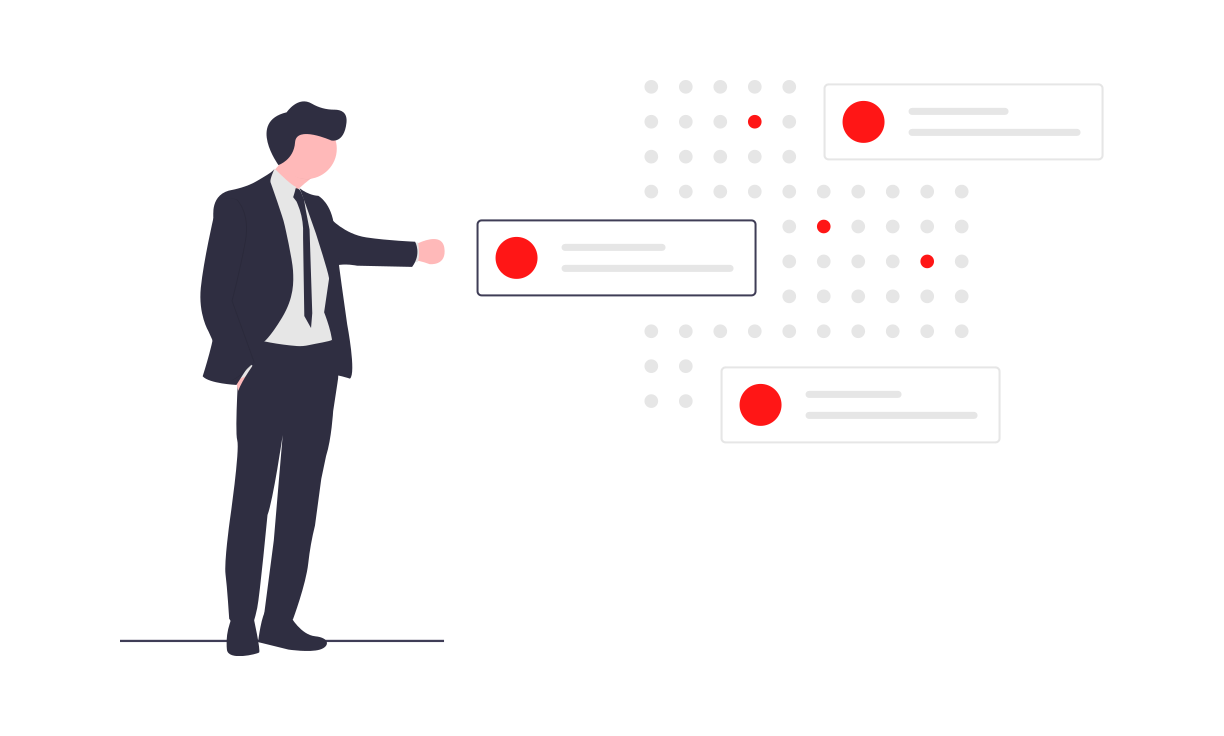What is Product Strategy?
The article dwells into the building block of a Product- Product Strategy which each PM should focus on before jumping into building a product.

So the basic question which a Product Manager faces during the initial days of when he/she is thinking about a building a product is WHAT IS PRODUCT STRATEGY?
Product strategy will help you answer this question:
How will your product delight customers, in hard to copy, margin-enhancing ways?
Let us try to break down the above statement and understand each block with an example
HOW WILL THE PRODUCT DELIGHT CUSTOMERS?
Think about how your product delights customers, both now and in the future. Make a list of potential future experiments.
Let's look at an example of Netflix:

How does Netflix delight you today? How could it deliver even more in the future? The answer to the above is that Netflix gets an edge over its competitors by having:
Original content
4K videos with surround sound
Interactive content
Netflix has explored many such ideas. Some delighted customers, others didn’t.
As a PM think: What are the list of “delighters” for your product?
HOW TO CREATE HARD TO COPY ADVANTAGE?
Hamilton Helmer’s book, “7 Powers,” outlines seven hard-to-copy advantages for a Product:
Brand
Network Effects
Economies of Scale
Counter Positioning
Unique Technology
Switching Costs
Process Power
Let us explain the “7 Powers” framework with an example of what makes it hard for companies to compete with Netflix?
Brand
Building trust with customers takes years of delivering value. Today, more than 150 million members trust Netflix with their credit cards. The Netflix brand provides a significant hard to copy advantage.
Network Effects
Starting in 2008 with Xbox, Netflix built an entire ecosystem. Today, nearly all TVs, game systems, set-top boxes, and mobile devices are pre-wired to stream Netflix.
Economies of Scale
Netflix members enjoy original content, enabled by the company’s economies of scale. Because Netflix can amortize content cost across 150 million members, it can invest significantly more than its smaller rivals.
Counter Positioning
These are value propositions for customers which are almost impossible for competitors to match. E.g. In 2004, Netflix advertised “No Late Fees” for its DVD Rental business. Blockbuster one of the Netflix’s competitor could not respond to this strategy as late fees generated nearly all of their profits.
Unique Technology*
Netflix’s personalization technology. Because Netflix knows the movie tastes of 150M members, they can generate accurate forecasts of streaming hours for each potential title, and spend accordingly. They effectively “right-size” their investment in original content.
Switching costs
This hard-to-copy advantage exists when a customer invests so much in one product that it’s hard to switch to another. Netflix customers may not turn to Amazon because it’s too much work to recreate profiles for everyone.
Process Power
Netflix has many unique, hard-to-copy processes. One example: they encrypt tens of thousands of titles each year at multiple bandwidths for thousands of different hardware devices.
Captured Resource
An example could be a close-knit team not available to other companies. The Netflix startup trio of Reed Hastings, Neil Hunt, and Patty McCord — who all worked together at a previous startup — are an example of a captured resource.
*Unique technology is not in the scope of the book 7 Powers but is really relevant in the context of tech driven products or businesses.
Netflix has a lot of exciting stuff going on under the hood and is extremely regular in pushing out updates for maximising good user experience.
HOW WILL YOUR PRODUCT GENERATE MARGIN?
You’ll need profits to invest in innovation to build an even better product in the future.
Back to our Netflix example. Over the years Netflix has done valuable experiments to find out things that work
Rental Subscription
In 1999, Netflix bet the company on a three disk-at-a-time DVD-by-mail rental subscription, which cost about $25/month.
This “all you can eat” model succeeded.
Profit driven experimentation
In 2005, Netflix experimented with advertising on both its website and DVD envelopes. It also sold “Previously Viewed” DVDs. Both of these efforts generated profit, but Netflix eliminated both in 2008 as its core DVD-by-mail service began to generate higher profits.
Unlimited offering
When streaming first launched in January 2007, Netflix placed a cap on monthly streaming hours, corresponding to the price of a member’s plan. Members with the $23, three DVDs at-a-time service could stream 23 hours/month. Netflix quickly tested an unlimited offering and switched to an “all you can eat” model for streaming, too.
Pricing & Plans
Netflix continues to experiment with both price and plans. Higher-priced plans have higher quality video and the ability to watch more streams simultaneously.
Today, Netflix is testing lower-priced mobile-only plans in international markets.
You’ll need to experiment to evaluate different prices and business models over the life of your product. You’ll never be “done.”
SUMMARY
In order to define your product strategy ask the following questions:
A. How will the product delight customers?
B. What will make the product hard to copy?
C. What are the business model experiments required to build a profitable business?
The answers to these questions provide high-level hypotheses for your product strategy.
Original author: Gibson Biddle, Former VP/CPO at Netflix/Chegg.



